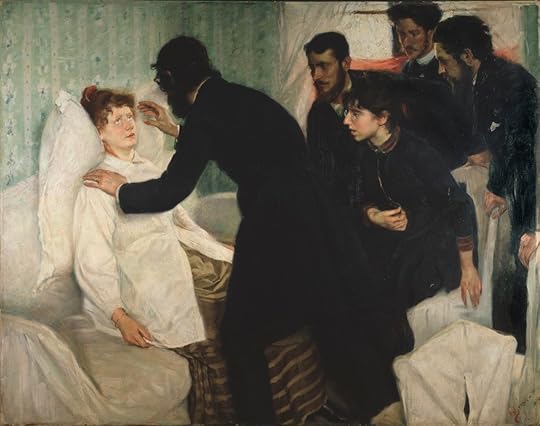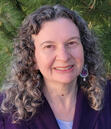A Profession of Contacting the Dead
 Richard Bergh: “Hypnotic Séance,” 1887, Nationalmuseum, public domain, via Wikimedia Commons
Richard Bergh: “Hypnotic Séance,” 1887, Nationalmuseum, public domain, via Wikimedia CommonsI have long associated mediums and spiritualists with the Civil War, when so many Americans lost loved ones and did not get the chance to say goodbye. It makes sense, in a way. When someone you love dies, especially far away, the thing you most want to is to see them again, touch them again, talk to them again, even if only for a few minutes.
Mrs. Logan, a supporting character in my short story “Madame Noir,” is one of those people. The story is set in 1911, when spiritualism was active. Although Mrs. Logan is not particularly religious, she is so desperate to communicate with her beloved, she will pay a medium and spiritualist. She wants this to be real and is not likely to ask questions.
Mrs. Logan is like a lot of us. If you believe that someone has the ability to communicate with the dead, everything that follows makes sense.
My heroine and title character capitalizes on that longing. Mediums took advantage of a long-held tenet of many religions, including Christianity – death is not the end. The profession goes a long way back. Before we had mediums, we had necromancy, which goes back to Antiquity.
Today we call mediums psychics. Many of us don’t believe in the ability to communicate with the dead, myself among them – “fraud” is another word that comes to mind when I think of mediums. But enough of us do believe in channeling the supernatural to keep them in business.
The beauty of historical fiction is that even though characters lived long ago, we often can understand their desires. We have all grieved and loved. We have all felt great sadness and great joy.
“Madame Noir” is available on Amazon and other vendors.



